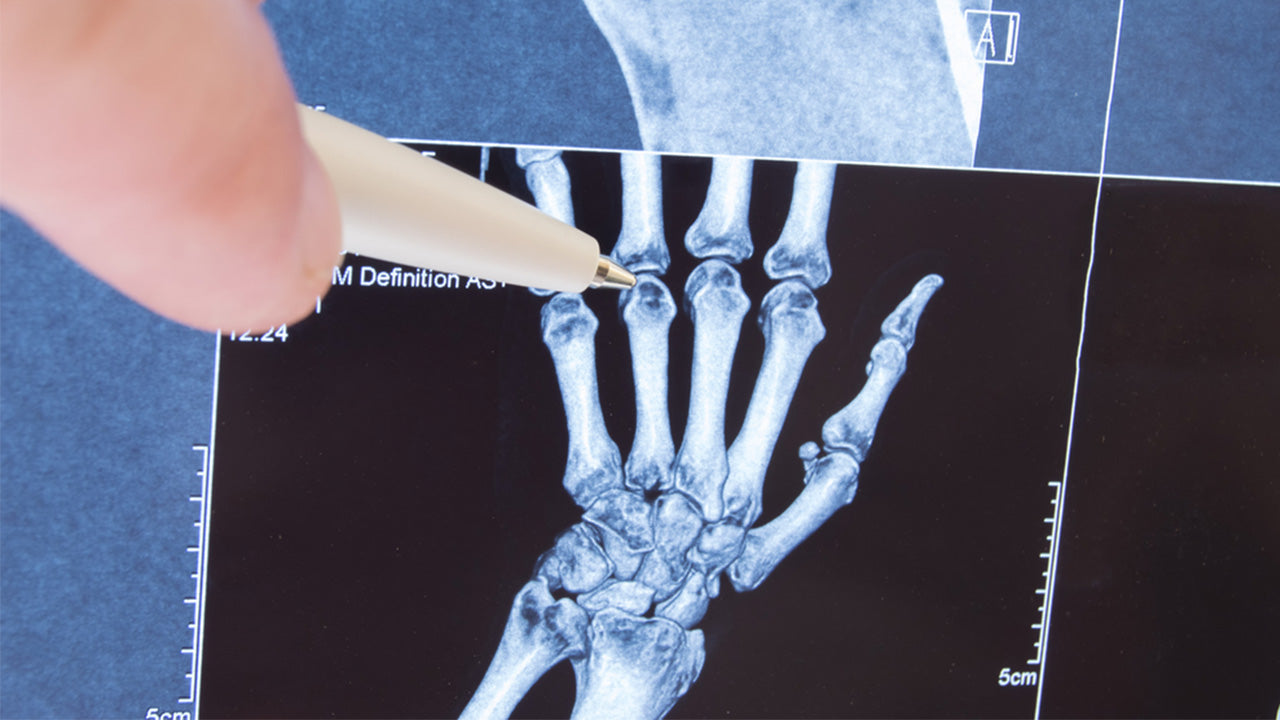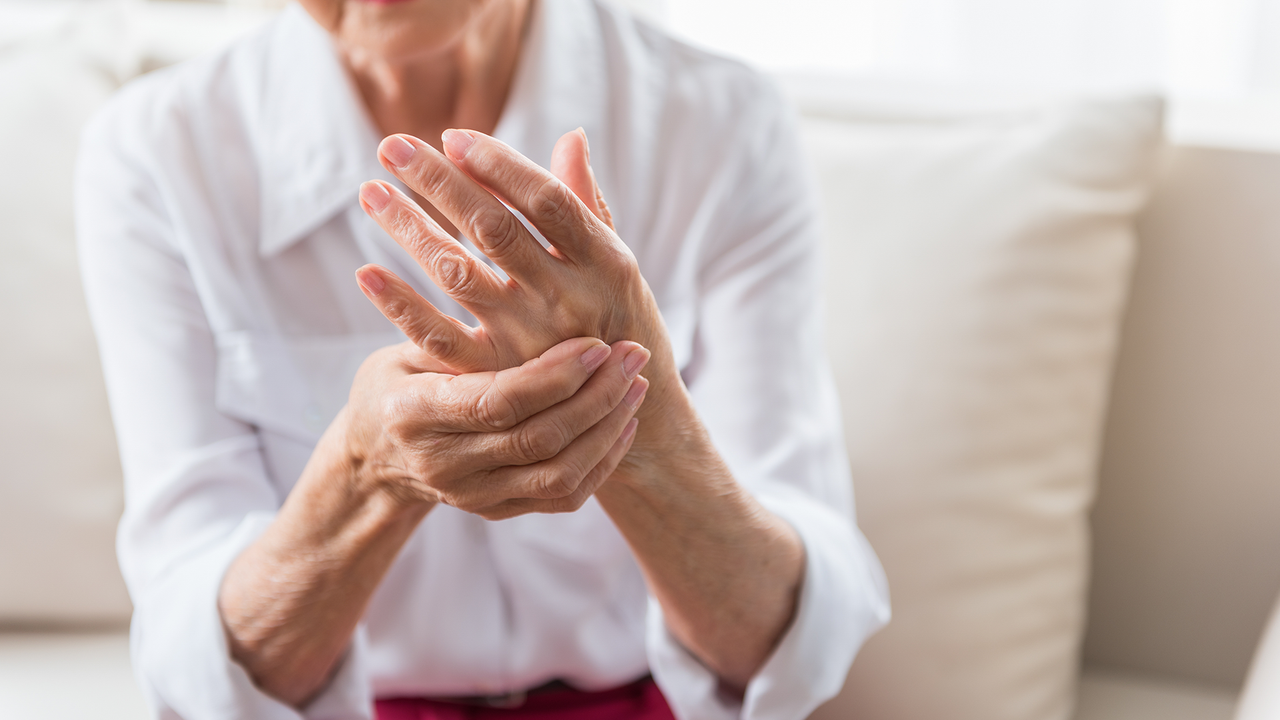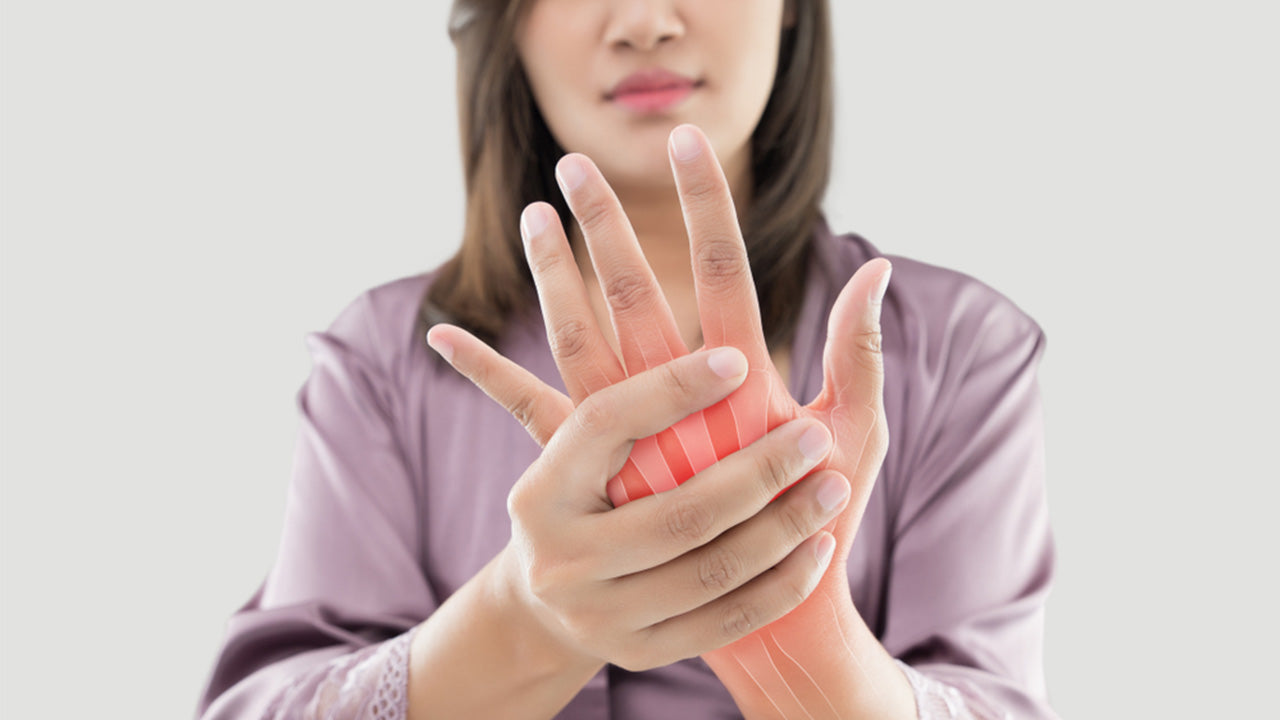Types of Juvenile Arthritis and the Best Course of Treatment
 By: by Amino Science
By: by Amino Science

Juvenile arthritis affects nearly 300,000 children in the United States and can make enjoying the activities of adolescence challenging. This disease has many subcategories, including inflammatory, rheumatic, and autoimmune diseases that affect the joints of children before their 18th birthday. Luckily with the help of specialists and the right treatment plan, many kids with arthritis can participate in sports and maintain a happy, healthy lifestyle.
What Is Juvenile Arthritis?
Juvenile arthritis is one of the most common forms of arthritis in children, and it results from an immune response in the body. A bacterial infection, virus, or some other toxin may trigger the immune system to switch on, but then the immune system does not turn off and begins attacking healthy tissues and cells instead. When this happens, inflammation can occur in different areas of the body, particularly targeting the joints in this case. When the joint becomes inflamed, it can stiffen and become damaged over time.
Just as with other autoimmune conditions, it’s not well understood why the immune system reacts this way and leads to diseases like juvenile arthritis. There may be a hereditary link, and a child may carry certain genes that make them more prone to developing juvenile arthritis when exposed to a certain trigger. Juvenile arthritis does not appear to run in families or be passed down from generation to generation like some other related conditions.

Types of Juvenile Arthritis
Some types of juvenile arthritis can last for a few months, while others continue for several years. Pinpointing the form of juvenile arthritis as early as possible is vital to preventing damage to joints and tissues and supporting the most positive outcome down the road.
Many types of juvenile arthritis have similar signs, but certain characteristics can help decipher which one a child may have. General symptoms of juvenile arthritis include swelling and pain in the joint, warmth over the affected joint, and localized redness.
Don't let the different terms confuse you. Juvenile arthritis is referred to as juvenile rheumatoid arthritis (JRA), juvenile chronic arthritis, and juvenile idiopathic arthritis (JIA). JRA, however, has fallen out of favor as the term of choice because more than half of all juvenile arthritis types are different from rheumatoid arthritis in adults. Most pediatric rheumatology experts will refer to juvenile arthritis as JIA.
JIA is the most common type of arthritis in children. It is divided into six subtypes: oligoarthritis, polyarthritis, systemic, enthesitis-related, juvenile psoriatic arthritis, or undifferentiated.
Oligoarthritis
One of the more frequently diagnosed juvenile arthritis forms, oligoarticular JIA (or oligoarthritis) targets a few joints, like the ankles, wrists, and knees. Nearly half of children diagnosed with JIA have this type, most commonly seen in young girls. This JA usually has milder symptoms and may improve over time. Oligoarthritis can also be the cause of inflammation in the eyes that leads to vision problems and general irritation.
Polyarthritis
This type of JA usually affects five or more small joints, such as those in the feet and hands on both sides of the body, leading to swelling that makes movement painful and stiff. Most commonly seen in girls, polyarthritis can also cause inflammation in the neck and jaw.
Blood tests for a protein called rheumatoid factor (RF) determine if polyarthritis is rheumatoid positive or rheumatoid negative. RF is produced in response to a faulty immune system response. RF positive patients are more likely to suffer joint damage than are RF negative patients.
A child may have polyarthritis later in life, but remission is possible in certain cases.
Systemic-Onset Juvenile Arthritis
Also known as Still’s disease, this form of arthritis can affect joints as well as internal organs. One joint may be swollen, causing stiff, painful movement. Other signs of systemic-onset JA are inflammation in the liver, heart, lymph nodes, and spleen. A high fever is often present that lasts for a couple weeks. A rash may also be an indicating factor that a child has systemic-onset juvenile arthritis. Early diagnosis and treatment are important in preventing further damage to joints and avoiding issues when the child is grown.
Enthesitis-Related Arthritis
Additional types of JIA include enthesitis-related arthritis in which the entheses, or the location where the tendon attaches to the bone, becomes inflamed. Joint inflammation occurs predominately in the spine and hip in enthesitis-related cases, such as with spondyloarthritis, which is a type of arthritis that includes ankylosing spondylitis. It is seen more often in young males around eight years old who have a history of the condition in their family.
Psoriatic Arthritis
When a child develops arthritis following psoriasis, an autoimmune skin disorder that causes a red, scaly skin rash and dented fingernails, it is called psoriatic arthritis. Commonly seen in the toe and finger joints, doctors may look closely at the nails for pits and grooves, which may indicate this kind of JIA is present.
Juvenile Arthritis Symptoms
Signs of juvenile arthritis are not consistent across all children, and certain symptoms may come and go. There are times when joint swelling and pain worsen during a flare-up, particularly if the child is stressed, fighting an illness, or has adjustments to their treatment plan.
Common symptoms include:
- Stiff, tender joints
- Joint pain and swelling
- Difficulty moving in the morning
- Fatigue
- Trouble walking
- Constant fever for weeks
- Rash
- Weight loss
- Eye inflammation, pain, or redness
- Vision issues
Juvenile Arthritis Diagnosis
Diagnosis is not always easy since symptoms can vary greatly or be similar to those of other conditions. The diagnosing physician will typically discuss family and medical history and conduct a physical exam, paying close attention to any joints causing concern. Blood tests can be useful in looking at overall blood count, while blood cultures show if any bacterial or viral infection is present. X-rays and CT scans can also allow a closer look at the joints to spot inflammation or potential damage. An antinuclear antibody test looks for certain antibodies that are seen with specific forms of JA.
Juvenile Arthritis Treatment
Juvenile arthritis cannot be cured, but if it is diagnosed early and a suitable treatment plan is developed, achieving remission is a possibility. Pediatric rheumatologists specialize in JIA and will be able to prescribe the medications and methods that will be the most effective for each child. Combining healthy lifestyles choices and exercise with medication can provide the best results. Treating JIA involves reducing inflammation, lessening pain, improving joint strength and flexibility, and avoiding future joint damage.
The following types of drugs may be used to treat juvenile arthritis:
- Nonsteroidal anti-inflammatory drugs (NSAIDs): can help relieve the swelling and pain associated with inflamed joints. This is usually the initial medicine prescribed to see how the child responds and if symptoms improve.
- Disease-modifying anti-rheumatic drugs (DMARDs): may be prescribed if a child does not find relief from NSAIDs. DMARDs are meant to block inflammation by reining in the immune system and slowing the disease from progressing any further.
- Corticosteroids: are given in pill form or via an injection. These medications are a stronger approach to reducing swollen joints and pain and can come with a variety of side effects.
- Antimetabolites: are often the last resort or used for very severe cases of JA. These drugs block cell metabolism so cells cannot rapidly grow. This can be useful for conditions like psoriatic arthritis.
Physical therapy is also very beneficial, as a child can work with a professional on a regular basis and also perform exercises at home. Stretching and strengthening muscles helps take the stress off the joints and allows them to heal and stay healthy.
Knowledge is power when it comes to living with any disease, and the more a child knows about his or her condition and how to treat it, the better his or her quality of life will be. Eating a well-balanced diet, getting enough sleep, exercising daily, and avoiding alcohol is essential to combat the symptoms associated with JIA. Incorporating anti-inflammatory foods as much as possible can lower pain, calm inflamed joints, and give the body the nutrients and vitamins it needs to stay healthy.
Dietary and herbal supplements may be helpful in reducing symptoms of arthritis. People who have a chronic disease such as juvenile arthritis need extra amounts of certain nutrients to help their bodies fight the disease. Supplementing the diet with vitamins A, C, and E, antioxidants, and B vitamins through nutrient-rich foods or supplements can help the body when chronic inflammation is present.
There are also several amino acids that can help relieve the symptoms that occur with arthritis and help maintain good bone and joint health. A supplement containing a mixture of amino acids ensures you or your child receives a balanced amount of each essential element. Amino acids like L-methionine, L-arginine, glucosamine, and methylsulfonylmethane (MSM) help reduce inflammation, improve circulation and mobility, transfer micronutrients to joints, and decrease swelling and stiffness.
Finding a treatment plan that can achieve remission, maintaining a positive outlook, and nurturing a child’s mental and physical health are very important when he or she is diagnosed with JIA. Many times it takes a village, and through the support and expertise of a variety of health professionals and the help of family and friends, your child can live a full and active life.

Up to 25% off Amino
Shop NowTAGS: conditions
Join the Community
Comments (0)
Most Craveable Recipes




 833-264-6620
833-264-6620



















